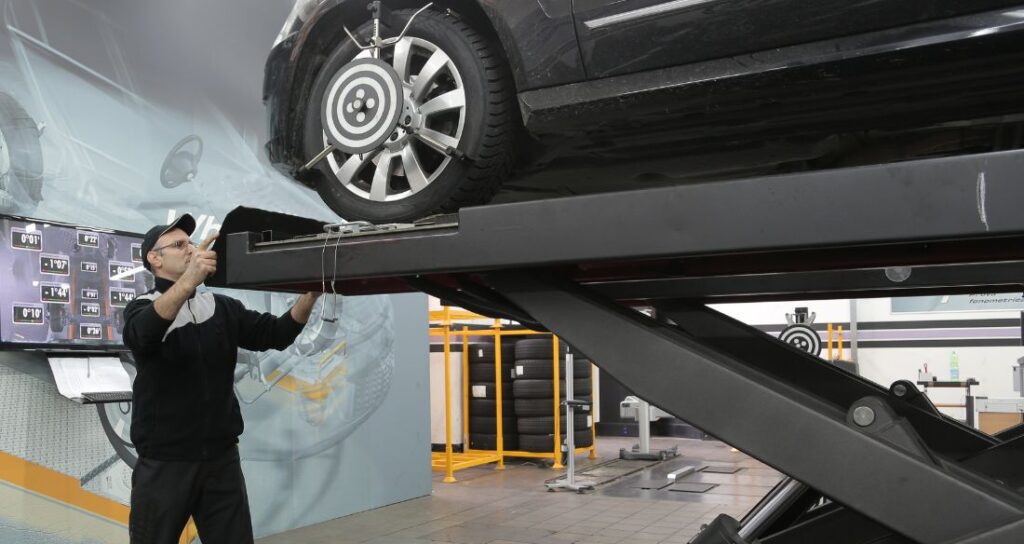

How To Check Car Air Pollution At Home
We all know that air pollution is a significant environmental concern worldwide that has detrimental effects on our health and the quality of the air we breathe. And, vehicle emissions primarily contribute to this problem. Hence, monitoring your surrounding air quality and checking your car air pollution is crucial for the health of your family.
While professional air quality testing is available at centers, it’s possible to assess car air pollution levels in your garage. Through this article explore the practical techniques and tools that can help you assess car air pollution. Let’s empower you to make informed decisions to mitigate its impact.
But remember, these methods provide approximate results and should not replace professional testing.
Understanding Car Air Pollution: Basic Know-how

Before diving into the methods for checking car air pollution at home, it’s essential to understand the sources and primary pollutants emitted by vehicles. The three main pollutants of concern are carbon monoxide (CO), nitrogen oxides (NOx), and volatile organic compounds (VOCs). These emissions result from the combustion of fuel in the engine and contribute to smog formation, respiratory issues, and climate change.
Monitoring Air Quality at Home

Can we directly measure car air pollution at home? Well, its difficult. However, monitoring indoor air quality can provide insights into the presence of pollutants that may originate from outdoor sources, including vehicles.
Air Quality Index (AQI): Many countries and regions have an official AQI that provides real-time air quality information. So you can check local environmental agencies or websites for updates on the AQI in your area.
Visual Inspection: Observe the surroundings of your home for visible signs of air pollution, like smog or black soot on nearby surfaces. While this method is not definitive, it can provide a general indication of pollution levels.
Also, a simple visual inspection can often reveal visible signs of excessive emissions from your car’s exhaust. Look for excessive smoke or unusual exhaust color during vehicle start-up or acceleration. Thick black, blue, or white smoke might indicate engine problems or fuel combustion issues, warranting further investigation.
Using Portable Air Quality Monitors: Also, indoor air quality monitors can measure pollutants in real-time. Use compact and user-friendly devices like air quality sensors and particulate matter detectors to measure the concentration of pollutants indoors. Place the monitor near windows or doors facing roads to assess the impact of vehicle emissions on indoor air quality.
Thus, regularly monitoring indoor air quality will help you identify any spikes or changes in pollution levels, which may indicate higher car air pollution in your vicinity.
OBD-II Scanner: A handy tool

For monitoring and diagnosing your car’s emissions system use an On-Board Diagnostics II (OBD-II) scanner. It plugs into the OBD-II port, usually located below the steering wheel and communicates with the car’s computer system. Available in various price ranges and functionalities OBD-II scanners can read fault codes, check emissions-related sensors. They further provide real-time data on your car’s performance, including fuel efficiency and emission levels.
Professional Emissions Testing

Visit a professional emissions testing center for a comprehensive analysis of your car’s air pollution. These centers employ specialized equipment to measure pollutant levels accurately. Emissions tests involve a tailpipe test, where a probe is inserted into the exhaust system. Likewise, an OBD-II test can be done which retrieves data directly from your car’s onboard computer. Thus, these tests deliver precise information about your vehicle’s emissions and its compliance with local regulations.
Advocacy and Awareness

By tracking and documenting car air pollution levels at home, you can collectively contribute to efforts aimed at reducing pollution and promoting change.
Raise awareness about the importance of reducing vehicle emissions in your community. Share your findings with local environmental organizations, community leaders, and policymakers. Engage in advocacy activities, such as supporting legislation for stricter emissions standards or promoting eco-friendly transportation alternatives. Hence, this can lead to positive outcomes in tackling car air pollution.
It’s time to act to mitigate the impact
Checking car air pollution at home is a proactive step towards protecting your health and the environment. While professional testing is the most accurate, the methods outlined above can help you get cognizant of your vehicle’s emissions at home, and also the pollution levels in your vicinity.
Likewise, long-term monitoring and mitigation practices such as data logging, vegetation and landscaping, traffic management, and vehicle maintenance can reduce car air pollution.
Nonetheless, remember that reducing vehicle emissions requires collective efforts, from personal choices to community engagement and policy advocacy. Together, we can create cleaner, healthier environments for ourselves and future generations.
FAQ’s
What is the prime cause for vehicle pollution?
Burning excess amounts of gasoline and diesel fuel creates and releases harmful byproducts like nitrogen dioxide, carbon monoxide, hydrocarbons and carbon dioxide in the air.
Which type of cars causes more pollution?
Generally, petrol cars are on average less polluting than diesel cars. They emit less fine particles, and carbon dioxide as they are smaller in size and used for shorter travels.
How can we test car air pollution at home?
Visual inspections, smoke tests, OBD-II scanners, and environmental sensors all contribute to assessing pollution levels, though with varying degrees of accuracy.
